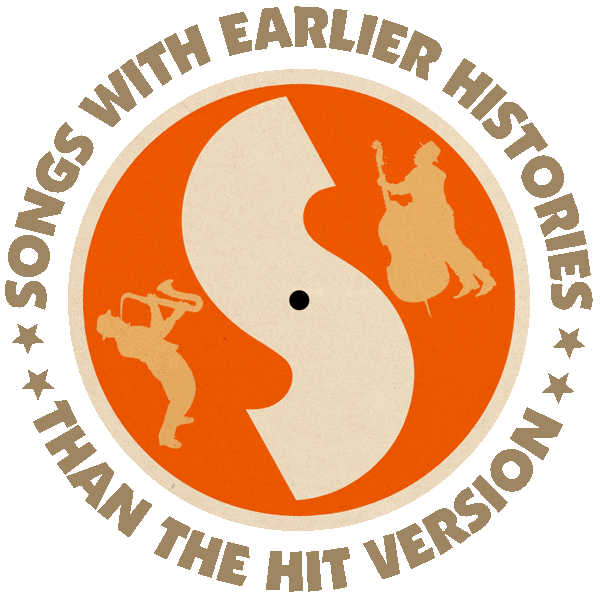First recorded by Howlin’ Wolf (1960).
Based on “Spoonful Blues” by Charley Patton (1929).
Hit versions by Etta & Harvey (US #78/R&B #12 1961), Cream (1966).
Also recorded by The Blues Project (1966), Koko Taylor (1978).
From the wiki: “The blues song ‘Spoonful’ was written by Willie Dixon, and was loosely based on ‘Spoonful Blues’ recorded in 1929 by Charley Patton.
“‘Spoonful’ was first recorded in 1960 by Howlin’ Wolf. Backing Wolf on vocals are longtime accompanist Hubert Sumlin on guitar, relative newcomer Freddie Robinson on second guitar, and Chess recording veterans Otis Spann on piano, Fred Below on drums, and Dixon on double-bass. ‘Spoonful’ would go on to become one of Dixon’s best-known and most-interpreted songs.
“Etta James had a pop and R&B record chart hit with ‘Spoonful’ in 1961, in duet with Harvey Farqua (who would go on to become head of A&R at Motown Records). ‘Spoonful’ would become more popularized in the late 1960s when recorded by the British rock group Cream who produced a cover of ‘Spoonful’ for their 1966 UK debut album, Fresh Cream.

